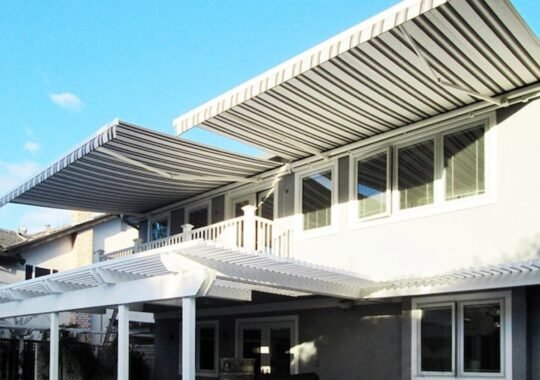The concrete which has been treated with mechanical equipment i.e. grinding and polishing in order to achieve professional grade polish is called Polished Concrete. The equipment’s used in the process are distinct depending upon the method used, however, at the end of the process, a chemical substance known as hardener is used as penetrant which sips into the concrete.
How is polished a polished concrete created?
This penetrant chemical actually cleanses the concrete by expelling dust particulars and when combined with other techniques, gives fine polished concrete surface. Industrial grade diamonds bonded with resin or hybrid are used, which is responsible for grinding and polishing of the concrete.
Types of Polished Concrete?
Depending upon the method used to grit and grind, the following are the types of polished concrete which have a distinct appearance and feel.
- Cream Polish: As the name suggests, this polished concrete is smooth. The grits used in the process are finer giving consistent surface and sheen to the concrete.
- Salt & Pepper Polish: Touted as Salt & Pepper Polish, this type of polished concrete is among the best of the three since the dye to which it is exposed for its color is sustained throughout its life. This polished concrete has crisp shine, this looks radiant and shiny.
- Aggregate Polish: This is one of the most popular types of concrete known as aggregate polish concrete. This type of concrete can be designed and decorated in any desired design, however, the cost incur is exceptionally high. Moreover, these types of Polished Concrete surfaces have their own limitation depending upon coating, cost, and other aspects.
Benefits of Polished Concrete
If you are talking about the benefits of polished concrete, the list is quite long. Most modern apartments and buildings are built with concrete, thus, polishing concrete saves a lot of efforts and the cost related to flooring.
Since polished concrete is actually part of the building floor, it is reliable and low-maintenance. Utilizing polished concrete as design floor gives various other benefits such as it is sustainable, non-slippery, and restricts the growth of mold and dust mite, etc.
Polished Concrete on New Floor and Retrofit Floor
New floor polished concrete is processing the floor with a diamond clad grinding equipment to buffer and grind it to achieve the smooth or rough floor based on the individual’s preference. On the other hand, if the concrete floor exists and needs to be polished, it is called retrofit floor where first, the quality and other aesthetics of the floor are cumulated and then, flooring is done using these diamond clad grinding tools.
The Standards for Polished Concrete
Nowadays, the Concrete Sawing & Drilling Association (CSDA) ST-115 standard is used in order to evaluate the surface and texture of the polished concrete.
Tips About How Polished Concrete Are Great
There are many reasons why most of the modern architects and engineers are using Polished Concrete in their construction.
- Polished Concrete is durable and it keeps intact for years to come. It remains in its shape.
- It has the great look which you can customize according to your preferences. The cost too is greatly lowered compare to any other form of flooring.
- The polished concrete floor is hypoallergenic which means it doesn’t allow allergen and other allergy-causing agents to reside on the floor.
Polished concrete has now become one of the most popular non-wax techniques for the decoration of domestic or commercial floors. Neutral cleaners or soft mops can be used to maintain and clean the polished concrete floors. The costs can be initially high for the installation of polished concrete floors but they give you the ultimate value for money.




